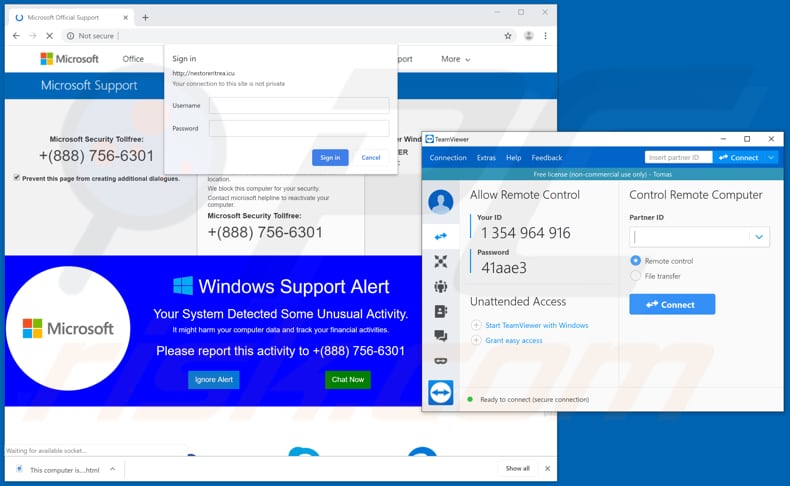Teamviewer is a wonderful tool to access your computer (or any other device) remotely if you need to use your a graphical screen. Probably is not as secure as other linux solutions (as VNC or a VPN) but the main advantage is that is very easy to install and configure.
Alternatively, open Activity Monitor while TeamViewer is running, identify the TeamViewer process and click 'Inspect' in the toolbar. Then, in the Open Files and Ports tab, the executable will likely be the first or second entry listed (after /). Once you know what program you're tracking, you can create a launchd Property List.

- Use the keyboard shortcut “Windows Key + R” and the “Run” window will open. In the text box, write “msconfig” and press Enter or OK and the MsConfig window will open. You can also open the Run window from the shortcuts menu in the bottom left corner. This lists all startup programs and services. Uncheck teamviewer and restart.
- The TeamViewer remote connectivity cloud platform enables secure remote access to any device, across platforms, from anywhere, anytime. TeamViewer connects computers, smartphones, servers, IoT devices, robots — anything — with fast, high performance connections through our global access network even in outer space or low bandwidth environments.


Suppose that we are on holidays far from home and we need to accomplish a task on our home computer using the graphical desktop. We have in our hands another device (for example a nexus7 tablet) and we are connected to WiFi hotspot. There is Teamviewer Apps for Android and IOS. We need Teamviewer installed in both machines: Desktop at home and our tablet, So I’m going to explain how can you launch remotely Teamviewer in your remote computer at home just for the time you need it to perform a particular task. As soon as we finished our job, we will stop it again to be safer.

I assume that you’ve already installed Teamviewer in your linux box and you also have a ssh account to login into your remote linux machine at home (user@home_machine:~$).
Steps:
Stop Teamviewer Opening On Startup Macbook
- Login into your home linux box through ssh. Don’t use root access unless it was necessary. Use ‘sudo’ instead.
- Locate where teamviewer is installed:
user@home_machine:~$whereis teamviewer - Now run this command to get the list of commands:
user@home_machine:~$/usr/bin/teamviewer –help - Now we will check ID number for calling remotely our device and the current status of teamviewer daemon in our computer:
user@home_machine:~$/usr/bin/teamviewer –info - If we don’t remember the password to connect to teamviewer in our home machine we can reset it using this command:
user@home_machine:~$/usr/bin/teamviewer –passwdMYnewpassword - Now it’s time to enable the teamviewer daemon and launch (start) it. check that it’s up and running:
user@home_machine:~$sudo teamviewer –daemon start - We check again the status:
user@home_machine:~$sudo teamviewer –info - … and now we check that new connections are opened to teamviewers servers:
user@home_machine:~$sudo netstat -ntap | grep teamviewer - Now close your ssh session to your home computer otherwise you won’t be able to connect to teamviewer remotely. Once closed the ssh session try to connect to your home PC remotely using any other device you had in your hands.
- Once you finish close the teamviewer session and reconnect to your home computer again with ssh. We will stop teamviewer until the next time we needed it again. Commands to perform this final step is:
user@home_machine:~$sudo teamviewer –daemon stop